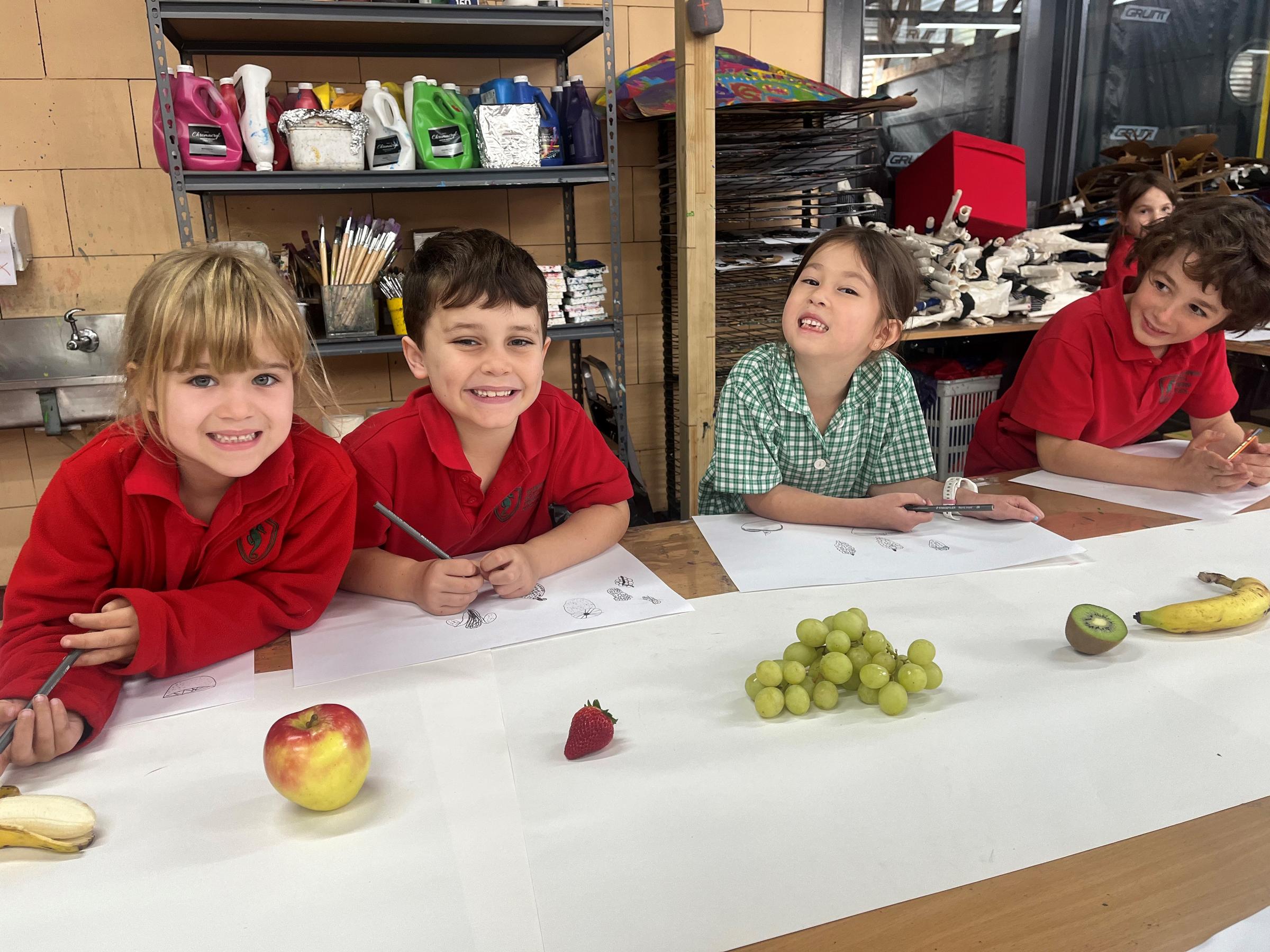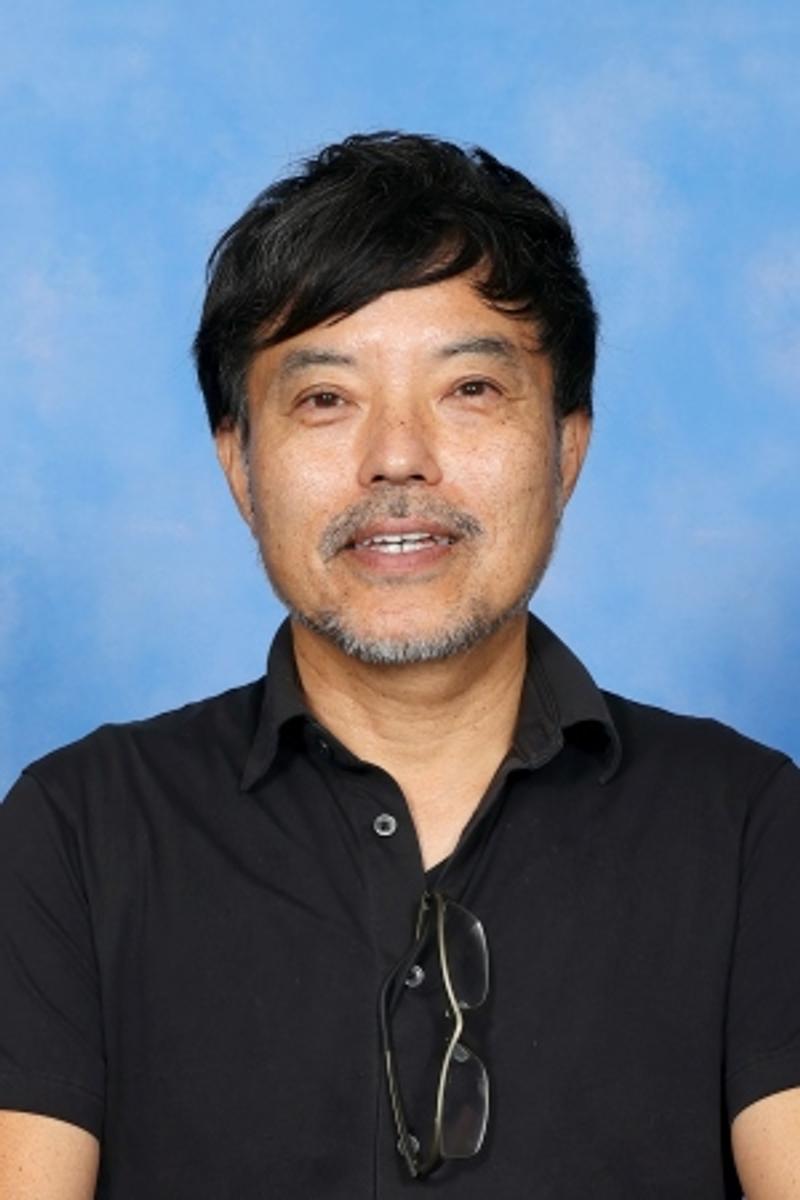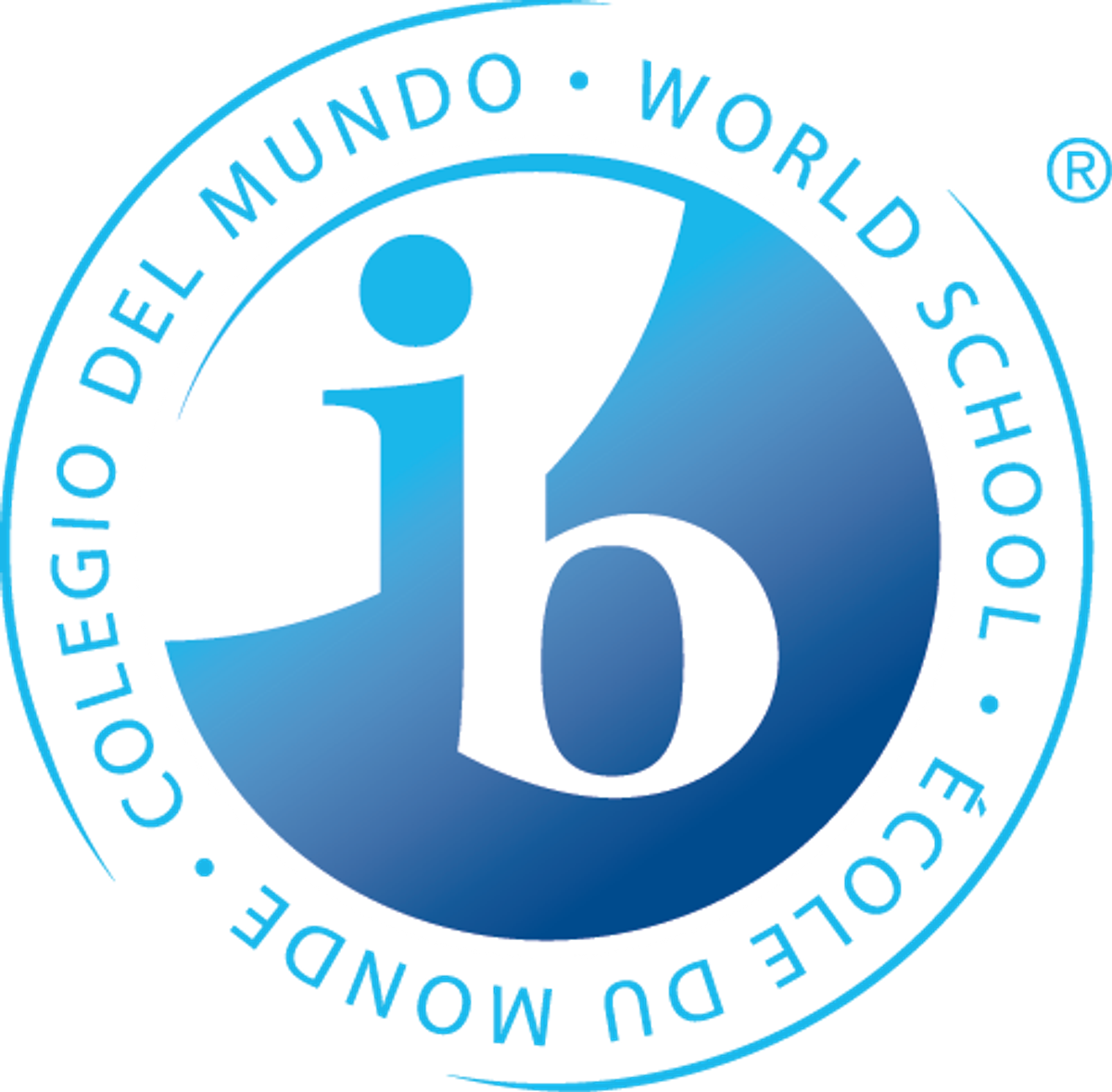Year 1 Specialist News -Term 3

Music
Transdisciplinary Theme:
How we express ourselves
Central Idea:
People Express Themselves Through Stories.
Lines of inquiry:
- The way stories are told
- The reason people write stories
- The way we explore culture, values and beliefs through stories.
- How music is used to tell stories
Key Concepts:
form, perspective
Learner Profile Attributes:
communicator, principled, risk-taker
Students Will:
- Continue to explore ways of representing pitch in written form. Students will revise technique, will practise tunes and perform tunes on the chime bars
- Understand that both formal and informal notation is a form of communication from one person to the next. Notation can help pass on both old and new ideas in music, making a connection to others
- Play percussion instruments in small performance groups. A performance of ‘The Big Green Tram' and ‘The Rain is Falling’ will refine skills learnt.
- Stories have a pattern or form, so does dance and music. Students will learn some dances
- Use music vocabulary to compare changes in music, as they listen appreciatively to a variety of works
- Focus on learning to express one’s ideas and share personal perspectives about music and being open minded to the ideas of others
- Experience how stories and ideas can be expressed through ballet, songs, instrumentals, musicals and dance and be given the opportunity to express their perspective on a favourite way to hear a timeless tale
- Enjoy singing songs related to their unit of inquiry. E.g. ‘Those Magnificent Men.’
Japanese
Transdisciplinary Theme:
How we express ourselves
Central Idea:
People express themselves through stories.
Key Concepts:
form, perspective
Learner Profile Attributes:
inquirers, risk-takers
Lines of Inquiry:
- Cultural Significance of Onomatopoeia in Japanese Language
- Exclamatory Words and Expressions in Japanese Communication
Students Will:
- Recite phrases in Japanese from ancient Japanese stories and perform skits with their classmates
- Write down the phrases from the skit in Japanese
- Listen to ancient Japanese stories and infer or comprehend the events within them
- Discuss the lessons that can be derived from select ancient Japanese stories
- Compare traditional folk tales from Australia with those from Japan, identifying and discussing the similarities and differences between the two countries
Library
Transdisciplinary Theme:
How we express ourselves
Central idea:
People express themselves through stories.
Lines of Inquiry:
- The Elements of a Story
- The way different authors and illustrators use their imagination to create stories
- The way stories reflect the culture and traditions of different communities
Key Concepts:
form and perspective
Learner Profile Attributes:
communicator and risk-taker
Students Will:
- Review various parts of books such as the title, author, illustrator, spine, barcode, and endpapers
- Discuss proper care and handling of books, as well as correct shelving techniques in Picture fiction and Easy Fiction sections
- Explore Non-Fiction books, examining their features and understanding the significance of numbers on their call number labels, which denote subject codes
- Review different sections of the library
- Engage in reading and discussions related to the unit of inquiry, "How we express ourselves," exploring storytelling through literature and utilizing resources available in the school library
- Books to be explored include:
- "The Snail and the Whale" by Julia Donaldson
- "Look, A Book!" by Libby Gleeson
- "Boy" by Phil Cummings
- "Lily the Inventor - The true story of the kangaroo cup" by Claire Thompson
- "The Unwilling Twin" by Freya Blackwood
- "Where We Are" by Oliver Jeffers
Art
Transdisciplinary Theme:
How we express ourselves
Central Idea:
Storytelling preserves cultural heritage.
Lines of Inquiry:
- The various forms of storytelling used by Australian Aboriginal people
- How traditional stories of Australian First Nations people share cultural knowledge, traditions, and express a deep connection to the land
- The artistic forms and representation of storytelling in Australian Aboriginal art
Key Concepts:
function and perspective
Learner Profile Attributes:
open-minded and caring
Students Will Create:
- Colourful serpent paintings/drawings, inspired by the story of the Rainbow Serpent, capturing traditional pattern of dot and line
- Paper plate weaving inspired by Aboriginal basket weaving. They will explore basic weaving technique and dexterity
- Australian native animal collage inspired by the Aboriginal story ‘Tiddalick the Frog’
- Clay pinch pot turtle applying modelling technique and using clay tools to apply pattern onto the turtle 'shell'
Physical Education
Transdisciplinary Theme:
How we organise ourselves
Central Idea:
Sport and communities bring people together.
Lines of Inquiry:
- The importance of fair play and sportsmanship and personal development in athletic type skills
- The role of the Olympic games in our community and culture and how we all come together
Key Concepts:
connection and change
Learner Profile Attributes:
principled and caring
Students Will:
- Be involved in athletic type activities incorporating running, vertical jump, leaping and throwing. They will use these skills in races, relays and minor games
- Participate in a whole-school Mini Olympics/Athletics carnival where students interact across all junior year levels with one another competing in various events
- Develop their fundamental motor skills in organized games and revise the basic skills of throwing, catching, bouncing and kicking








